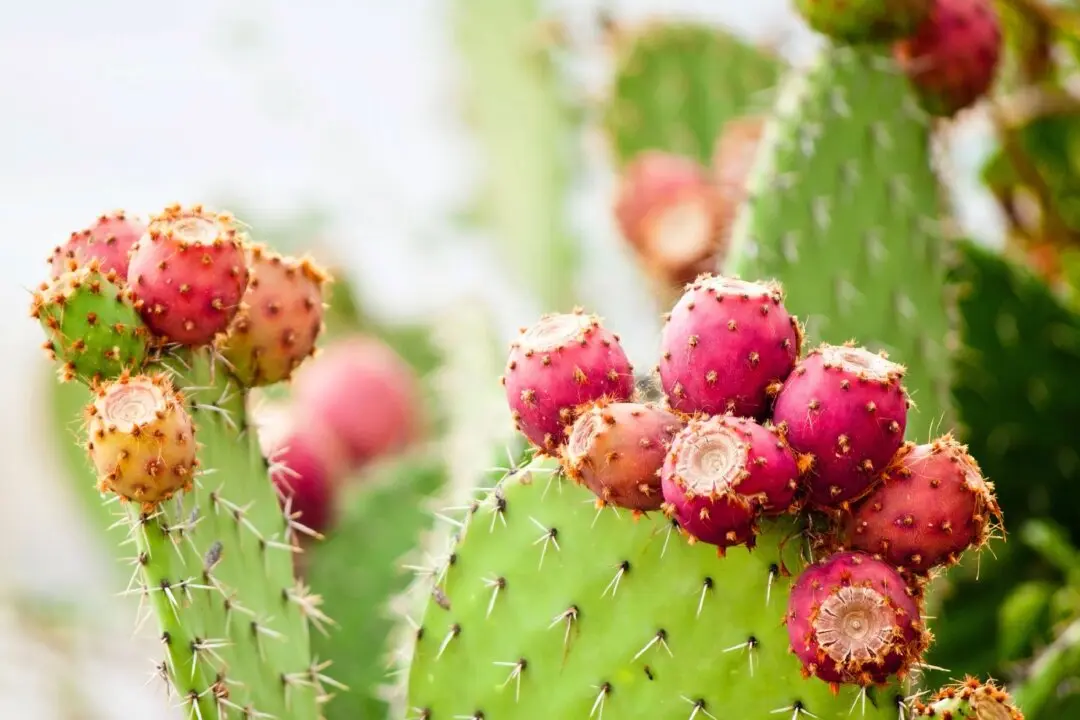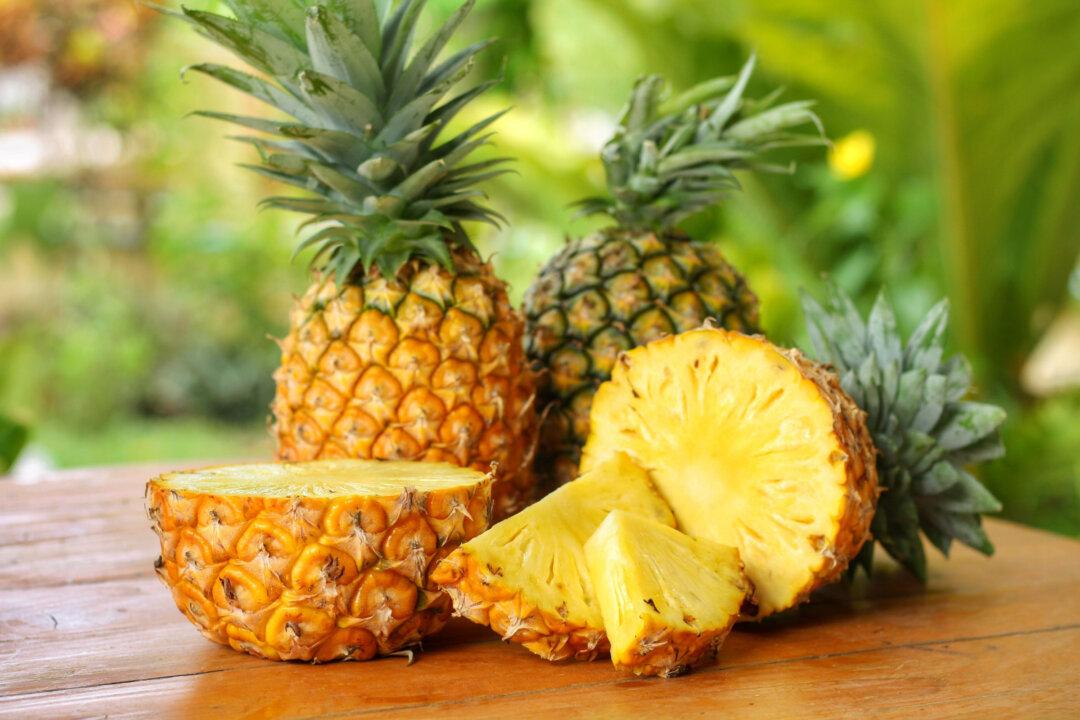Evidence suggests that for more than 5,000 years, salt has been collected from natural sources such as salt springs, underground mines, and seawater. As our environment becomes more polluted, the purity of salt from the ocean is increasingly questionable. This concern has led to the search for cleaner alternatives, resulting in the development of pink Himalayan and purple Korean bamboo salt.
Many people know pink Himalayan salt is mined from the ancient mountains of Pakistan and has one of the highest amounts of trace minerals. Since it developed under the ocean thousands of years ago, it contains very few toxic substances known to inhabit today’s ocean waters.
Purple bamboo salt, however, is less known, as it has been used mainly by traditional medicine practitioners in Korea, where it was created in 1917 by herbalist Dr. Kim Il-hoon. Practitioners believe purple bamboo salt is the purest salt because the extensive production process removes most toxins, leaving behind more than 70 essential trace minerals and micronutrients. However, because the process is labor-intensive—every step is done by hand—it is considerably more expensive than other salts.
Spiritual Meaning
Bamboo salt has a spiritual component that originates from the Buddhist tradition. This lends another level of meaning to the use and success of this ancient substance.- Fire from the roasting
- Earth from the yellow clay
- Metal from the tray
- Water from the sea salt
- Wood from the pinewood used in the firing process
Production Process
This mineral-rich salt has a very high purity and alkalinity. It is carefully prepared in small batches according to a thousand-year-old Korean Buddhist monk tradition that was further perfected by Dr. Kim. He determined that filling bamboo stalks with ordinary sun-dried sea salt, sealing them with mineral clay, and roasting them nine times for about 10 hours at a high temperature would remove most toxins and infuse the salt with minerals from the bamboo, thus optimizing the bamboo salt’s therapeutic potential. A video interview with Kim Yoonse, son of the founder Dr. Kim, highlights the long and labor-intensive process used to produce purple bamboo salt.The two most popular types of bamboo salt are roasted nine times and three times. Done by hand, the process takes one to three months to complete.
Bamboo Salt 9X: This salt is roasted nine times, with the last roasting using a resin fire at 2732 F. This results in the melting of the salt and bamboo into liquid. As it cools, the liquid solidifies into highly alkaline crystals with a pH of 11.5. It is rich in bioactive, toxin-free minerals. Its purple color is caused by the high heat during the final roasting.
Bamboo Salt 3X: This salt is roasted three times. Gray-colored and with a pH of 10.10, it has a slight sulfur flavor. It is toxin-free and contains numerous infused minerals. Although it does not have the therapeutic benefits of 9X, it is ideal for cooking and seasoning.
Medicinal Benefits of Purple Bamboo Salt
Because Asian countries have used bamboo salt for more than a hundred years, many known therapeutic benefits are anecdotal, with much of its use based on oral history. Some scientific research has been done, as indicated below. The global market for bamboo salt is predicted to increase significantly in the next five years, stimulating more research.- Helping maintain electrolyte balance and fluidity.
- Enhancing immune system functions, as demonstrated by a study from the College of Korean Medicine, Kyung Hee University, Seoul, South Korea.
- Stopping allergic reactions with its ability to prevent histamine from developing.
- Anti-inflammatory effects on osteoarthritis, as mentioned in a 2016 study on rats.
- Promoting and restoring proper alkalinity to the body.
- Antibacterial properties that can reduce symptoms of gum inflammation and mouth sores. A clinical trial from Iran in 2021 determined that herbal bamboo salt toothpaste was equally effective in killing mouth germs Streptococcus and Lactobacillus and healthier than conventional toothpaste. It is also known to harden enamel, prevent mineral loss, and lessen the chance of gingivitis and plaque formation.
- Cancer-fighting properties as demonstrated by a study done in 2021 on melanoma skin cancer in lab rats at Hoseo University, Asan, Republic of Korea. Another cancer study done at Pusan National University, Busan, South Korea, found that 9X bamboo salt “had the most potent in vitro anticancer effect, induced apoptosis, had anti-inflammatory activities, and exerted in vivo anti-metastatic effects.”
- Reducing side effects of chemotherapy such as hair loss as found in a study from Seoul, South Korea.
- Reduction of gastric ulcers caused by H. pylori, thus allowing them to heal.
How to Use Bamboo Salt
Bamboo salt crystals and powder are both staples in most Korean households for culinary and medicinal use. Try the following suggestions from WebMed for using salt to enhance your health:- For mouth and gum health, including canker sores, mix a teaspoon of salt with 1/2 cup of water as a mouthwash.
- For nose and sore throat, mix 1/2 teaspoon dissolved in a cup of warm water and gargle.
- As a foot bath, mix three teaspoons of salt into one gallon of warm water. (The high magnesium content in bamboo salt acts like Epsom salts.)
- In cooking, use for seasoning, pickling, and baking and as a daily condiment instead of ordinary table salt.
Risks and Concerns
Park Si-woo, in his book “Bamboo Salt Is Science,” presents information about the healing crisis that may occur when starting to take bamboo salt as the body begins balancing its electrolyte concentration. Each possible symptom signals that the body is detoxifying as it is becoming healthier. These symptoms, such as headache, diarrhea, swelling, nausea, and itching or hives are caused by the therapeutic properties of bamboo salt. Any side effects should disappear in three to five days.As always, speak with a health care professional about concerns.







